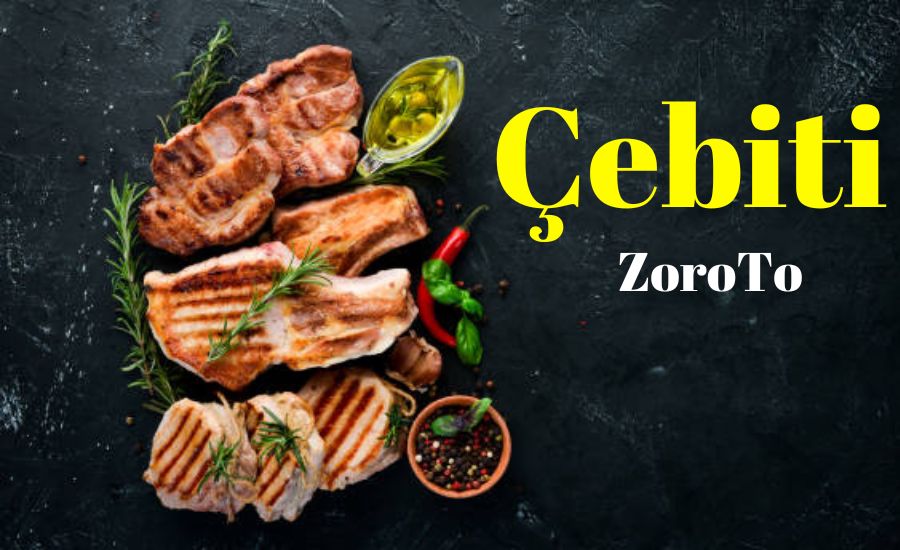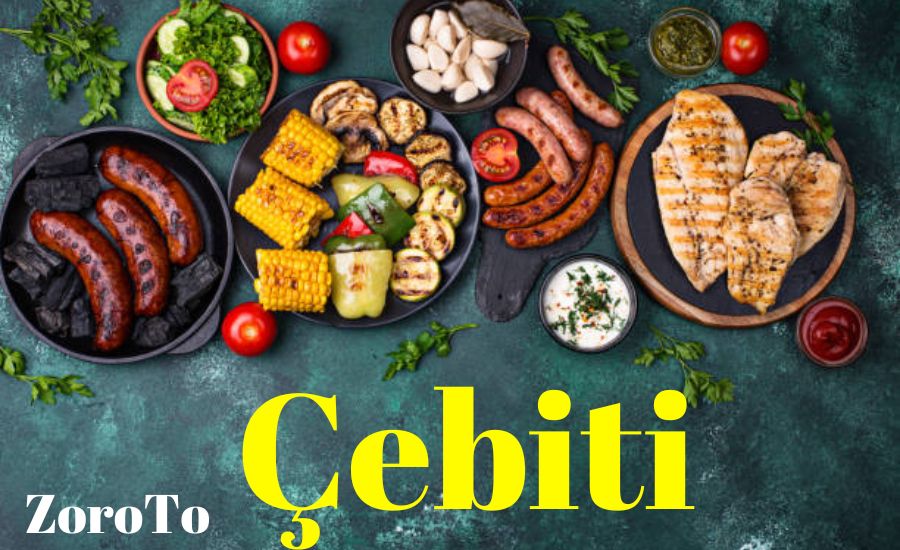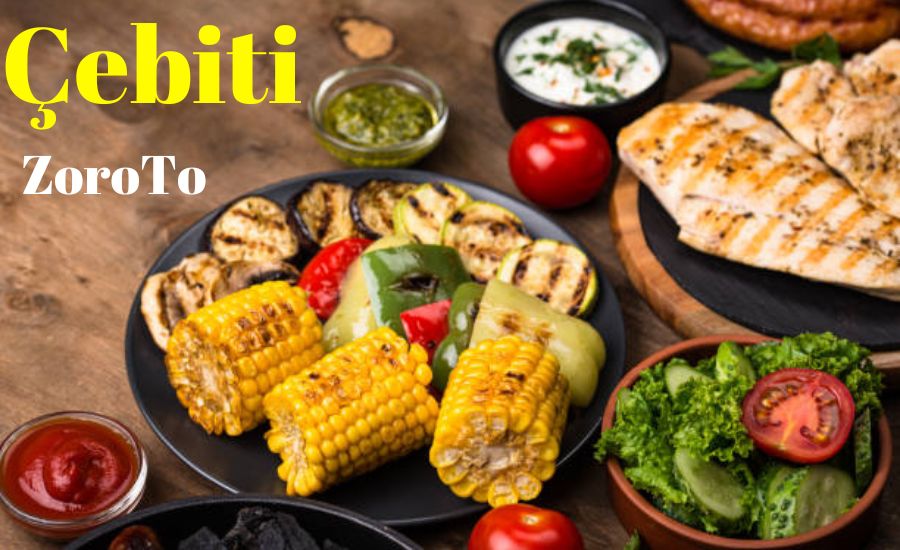The Turkish culinary landscape is rich with flavors and traditions that span centuries, embodying the essence of its history, culture, and communal spirit. Among these culinary treasures is çebiti, a dish that has warmed the hearts and homes of many, carrying with it stories of generations past. This article delves deep into The world of çebiti, exploring its origins, features, benefits, and the unique place it holds within Turkish cuisine.

What Is Çebiti?
At its heart, çebiti is a testament to the simplicity and richness of Turkish cooking. It primarily consists of tender, slow-cooked lamb, nestled within a bed of flavorful rice, seasoned with a blend of spices that bring warmth and depth to the dish. Mint, along with other herbs, infuses çebiti with a refreshing brightness, making each bite a harmonious blend of flavors.
The Historical Roots of Çebiti
Tracing back to the Ottoman Empire, çebiti has roots that run deep in Turkish history. Originally a dish that signified abundance and hospitality, it was often prepared for large gatherings and special occasions. Over time, çebiti evolved, incorporating influences from various regions across Turkey, each adding its signature to this beloved dish. From the spice routes of Eastern Anatolia to the citrus-kissed shores of the Mediterranean, çebiti represents a culinary journey across Turkey.
Features of Çebiti

Culinary Versatility
Çebiti showcases the versatility of Turkish cuisine, adaptable to the seasonal and regional variations that characterize Turkey’s diverse culinary landscape. Whether it’s the hearty lamb version favored in the colder regions or lighter adaptations featuring chicken or vegetarian alternatives, çebiti can be tailored to suit any palate.
Richness in Flavor
The essence of çebiti lies in its spice-infused broth, where lamb is slowly simmered to perfection, and the rice absorbs all the succulent flavors. The use of fresh herbs like mint not only adds a burst of freshness but also complements the richness of the meat, creating a dish that is balanced and deeply flavorful.
Benefits of Çebiti

Nutritional Value
Lamb, the star ingredient of traditional çebiti, is an excellent source of high-quality protein, essential vitamins, and minerals. Paired with the complex carbohydrates from rice and the fiber from herbs and vegetables, çebiti is a well-rounded dish that supports overall health and well-being.
Cultural Significance
More than just a meal, çebiti is a cultural emblem, representing the communal and hospitable nature of Turkish society. It embodies the spirit of sharing and celebration, bringing people together over a shared love for food and heritage.
Modern Interpretations of Çebiti
In the contemporary culinary scene, çebiti has found new expressions, blending traditional flavors with modern techniques and dietary considerations. From fusion variations that incorporate global spices to health-conscious versions that focus on lean proteins and grilling methods, çebiti continues to evolve while remaining true to its roots.
Conclusion: A Legacy of Flavor
Çebiti is more than just a dish; it’s a narrative of Turkish history, culture, and culinary innovation. It reminds us of the power of food to connect us to our past, to each other, and to the flavors that tell the stories of who we are. Whether enjoyed in its most traditional form or through modern adaptations, çebiti remains a beloved staple of Turkish cuisine, cherished for its ability to bring warmth, nourishment, and joy to any table.
FAQ’s on Çebiti
What exactly is Çebiti?
Çebiti is a traditional Turkish dish that primarily features slow-cooked lamb and long-grain rice, seasoned with a variety of spices including black pepper, allspice, and mint. It represents a significant part of Turkish culinary tradition, showcasing the depth of flavors and cultural richness.
What are the main ingredients in Çebiti?
The core ingredients of çebiti include lamb (typically shoulder or shanks for their fat content suitable for slow cooking), long-grain rice, olive oil, onions, a selection of spices like black pepper and optionally allspice, and fresh herbs such as mint for garnishing.
Can Çebiti be adapted for vegetarians?
Yes, çebiti can be adapted for vegetarians by substituting lamb with hearty vegetables like eggplants, mushrooms, or chickpeas. These ingredients can mimic the texture of meat and absorb the rich flavors of the spices and herbs used in the traditional recipe.
How does Çebiti vary across different regions of Turkey?
Çebiti showcases regional variations across Turkey, influenced by local ingredients and traditions. In Eastern Anatolia, spices like fenugreek or cardamom may be added, while the Black Sea region might include cornmeal or hazelnuts. The Mediterranean version could have a citrus flair with lemon or orange zest garnishes.
What are the health benefits of consuming Çebiti?
Çebiti is rich in high-quality protein from lamb, and the use of spices like cumin and paprika provides antioxidants and anti-inflammatory benefits. Vegetables and herbs add vitamins and minerals, making çebiti a balanced and nutritious dish.
How can I make Çebiti at home?
Making çebiti involves slow-cooking lamb seasoned with spices, then combining it with cooked long-grain rice and herbs. The dish is typically baked until the lamb is tender and the flavors meld together. It’s a straightforward process that rewards with deep, comforting flavors.
What side dishes pair well with Çebiti?
Çebiti pairs well with a variety of side dishes such as plain yogurt for a creamy contrast, a simple salad of cucumbers, tomatoes, and onions, or seasoned rice or bulgur pilaf to absorb the rich flavors of the dish.
Is Çebiti suitable for special occasions?
Çebiti’s rich flavors and comforting essence make it an excellent choice for special occasions, family gatherings, and festive celebrations. Its cultural significance and the communal aspect of its preparation and consumption also add to the celebratory feel of the dish.